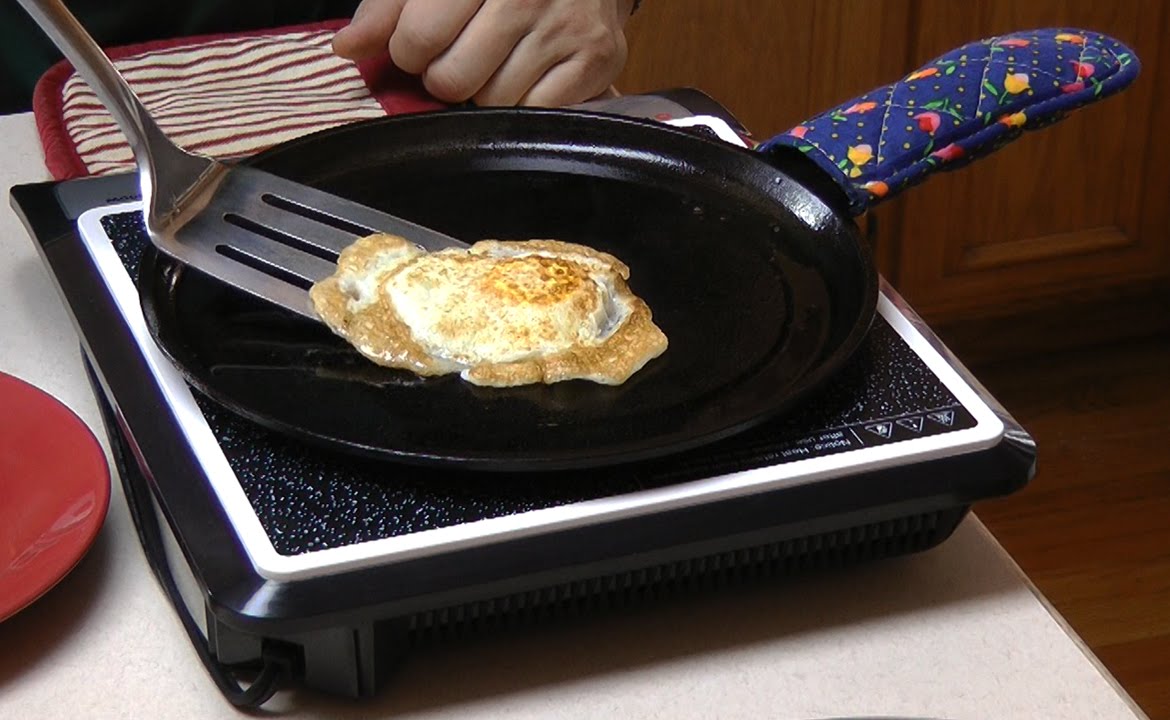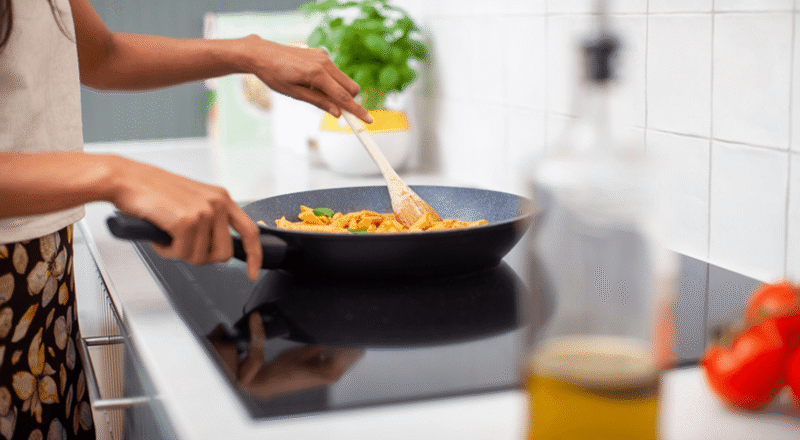Cooking with cast iron on induction cooktops is popular among many kitchen professionals and home chefs. However, a common issue encountered is cold spots. The presence of these cold spots can affect cooking performance and lead to unevenly cooked meals. This article will delve into the causes of cold spots in cast iron on induction cooktops and offer practical solutions to mitigate this problem.

What Are Cold Spots?
Cold spots refer to areas on the cooking surface that do not heat evenly, resulting in some parts of the food being undercooked while others may be overcooked. This can be a significant challenge for those who rely on precision cooking for their culinary creations.
How Induction Cooking Works
Induction cooktops utilize electromagnetic fields to heat cookware directly. Unlike traditional gas or electric stoves, induction transfers energy directly to the cookware, making it a more efficient method. However, this technology requires cookware to be made of ferrous materials, which is why cast iron is a suitable choice.
Why Cast Iron?
Cast iron is highly regarded for its heat retention and durability. It is an excellent choice for induction cooking due to its magnetic properties, which allow it to work seamlessly with induction technology.
Causes of Cold Spots in Cast Iron on Induction
1. Uneven Base
A common cause for cold spots is an uneven base on the cast iron cookware. If the base is not perfectly flat, it can lead to uneven contact with the induction surface, resulting in cold spots.
2. Inconsistent Heating
Induction cooktops heat the cookware directly, but if the cookware is larger than the coil, it may not heat evenly, leading to cold spots.
3. Thick Material
While the thickness of cast iron is one of its benefits, it can also contribute to cold spots if the heat is not distributed evenly across the surface.
4. Improper Seasoning
The seasoning of cast iron can affect its heat distribution. An improperly seasoned pan may have areas that do not conduct heat as well, leading to cold spots.
Preventing Cold Spots
1. Ensure a Flat Base
Regularly check the base of your cast iron cookware for any warping or unevenness. A flat base ensures even contact with the induction surface.
2. Use Properly Sized Cookware
Ensure the cookware size matches the size of the induction coil. This ensures even heating and minimizes the risk of cold spots.
3. Maintain Proper Seasoning
Regularly season your cast iron to ensure a smooth, even surface that conducts heat effectively. For more details on how to season your cast iron after induction use, visit Seasoning Tips.
4. Preheat Gradually
Gradually preheat your cast iron cookware on a lower setting before increasing the heat. This helps distribute the heat evenly across the surface and minimize cold spots.
Solutions for Existing Cold Spots
1. Rotate the Cookware
During cooking, rotate the cookware periodically to ensure even heat distribution and minimize cold spots.
2. Adjust Cooking Techniques
Adapt your cooking techniques to compensate for cold spots. For example, move food around the pan to ensure even cooking.
3. Utilize Heat Diffusers
Consider using a heat diffuser between the induction cooktop and your cast iron cookware. This can help distribute heat more evenly and reduce cold spots.
Expert Insights
According to experts at Lodge Cast Iron, understanding how to use your cookware effectively on induction can greatly improve your cooking results. By addressing the causes of cold spots and implementing these solutions, you can enjoy the full benefits of cooking with cast iron on induction.
Conclusion
While cold spots in cast iron on induction can be a challenge, understanding their causes and implementing practical solutions can make a significant difference. By ensuring your cookware is suitable for induction and following these tips, you can achieve more consistent cooking results. For more insights on cast iron and induction cooking, explore Enameled Cast Iron.

Frequently Asked Questions
1. Can all cast iron cookware be used on induction cooktops?
Yes, most cast iron cookware is suitable for induction cooktops due to its magnetic properties.
2. How can I tell if my cast iron has cold spots?
Uneven cooking results and inconsistent browning are indicators of cold spots in cast iron.
3. Is it necessary to use a heat diffuser with cast iron on induction?
While not necessary, a heat diffuser can help distribute heat more evenly and minimize cold spots.
This article contains affiliate links. We may earn a commission at no extra cost to you.

